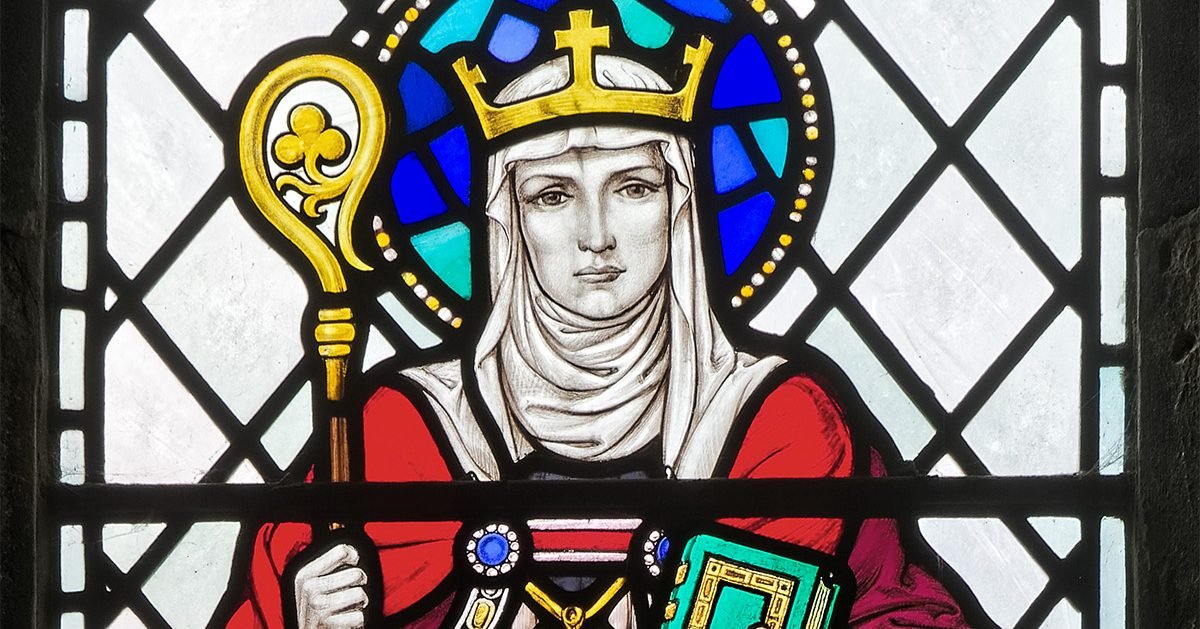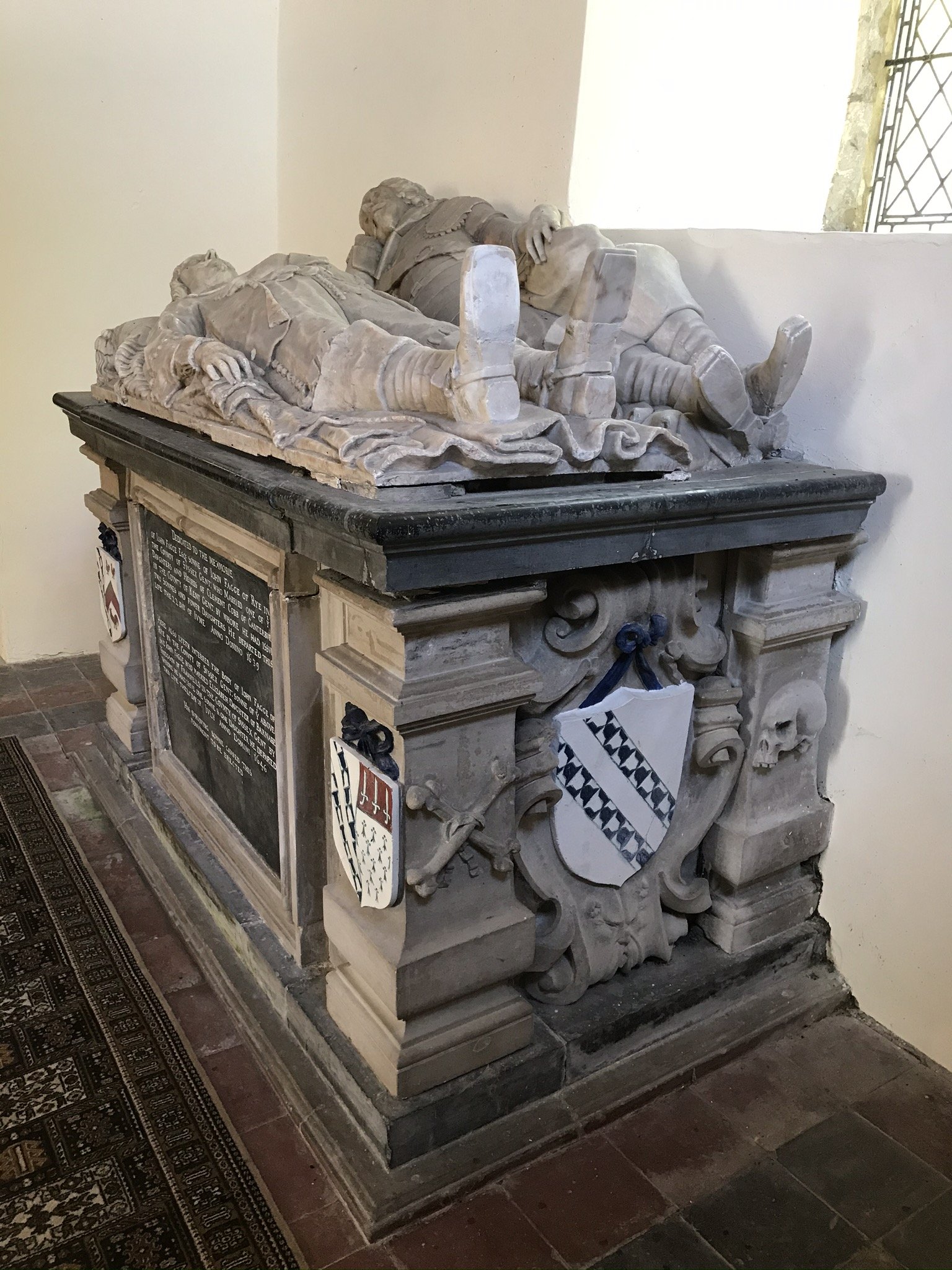Ghost story inspired by Brenzett Church monument coming to BBC 2 on Christmas Eve 2024
THIS IS AN ARCHIVED STORY
E. Nesbit
Several of the churches on Romney Marsh are associated with one of world’s greatest writers of children’s literature, E. Nesbit.
Many people grew up reading her most well-known novels, like The Railway Children, Five Children and It and The Phoenix and the Carpet. Often, people are surprised to learn that she also wrote stories for adults, including many ghost stories.
This Christmas Eve at 10:15pm on BBC 2, acclaimed actor and director Mark Gatiss brings her story Man-Size in Marble to life, in his seventh Ghost Story for Christmas titled Woman of Stone.
The Fagge Monument at Brenzett
Saint Eanswith, or Eanswythe
The inspiration behind this year’s Ghost Story For Christmas can be traced all the way back to the tiny village of Brenzett on Romney Marsh, and its church St. Eanswith; the only church solely dedicated to the Anglo-Saxon princess.
Inside the church, the pointed archway from the chancel leads into the Lady Chapel, built in the 14th century. Here, the space is dominated by a huge and splendid alabaster monument. Beneath it lie the bodies of John Fagge and his son, who both died during the reign of King Charles I.
The two figures are lying down, the father dressed in armour typical of the period. He died in 1639 and his son in 1642. These ghostly figures were Nesbit’s inspiration.
E. Nesbit's "Man-size in Marble" was written in 1893, over a decade before her most well-known book "The Railway Children". Throughout the story there are wonderful descriptions inspired by the marsh and the little church at Brenzett. In the story Nesbit describes Brenzett as “a little village set on a hill over against the southern marshes” and the church as “a large and lonely one”. We must allow for a little creative license!
St. Eanswith’s, Brenzett
Nesbit sets an eery scene:
“…we loved to go there, especially upon bright nights. The path skirted a wood, cut through it once, and ran along the crest of the hill through two meadows, and round the churchyard wall, over which the old yews loomed in black masses of shadow. This path, which was partly paved, was called "the bier-balk," for it had long been the way by which the corpses had been carried to burial.
The churchyard was richly treed, and was shaded by great elms which stood just outside and stretched their majestic arms in benediction over the happy dead. A large, low porch let one into the building by a Norman doorway and a heavy oak door studded with iron. Inside, the arches rose into darkness, and between them the reticulated windows, which stood out white in the moonlight.”
She goes on to describe marble figures, inspired by the Fagge Monument at Brenzett:
“In the chancel, the windows were of rich glass, which showed in faint light their noble colouring, and made the black oak of the choir pews hardly more solid than the shadows. But on each side of the altar lay a grey marble figure of a knight in full plate armour lying upon a low slab, with hands held up in everlasting prayer, and these figures, oddly enough, were always to be seen if there was any glimmer of light in the church. Their names were lost, but the peasants told of them that they had been fierce and wicked men, marauders by land and sea, who had been the scourge of their time, and had been guilty of deeds so foul that the house they had lived in.”
In fact, we do now know the names of the two men depicted. The Brenzett Burial Register for 1639 records "John Ffagg Esq., Jurratt and Justice of Romney Marshe and Captaine of the Bande of that liberty, departed this life June the 22, and was buryed the 27 day of the said month."
It would appear John Fagge was captain of the local militia. Legend has it that one of these men was killed fighting in a duel in a six acre field adjoining Somner House, an old homestead in the parish. Other members of the Fagge family are buried in a vault beneath the tomb which was used well into the 18th century.
In 1968 the family arms at each end of the tomb were re-coloured and the inscription restored. Today, the Romney Marsh Historic Churches Trust helps care for this church and all 14 medieval churches on Romney Marsh. This includes St. Mary-in-the-Marsh where E. Nesbit is buried beneath a simple wooden grave marker - you can read more about her days on Romney Marsh here.
We won’t give away too many details about what happens in the story ahead of the Christmas Eve TV show, but here’s a hint from Nesbit’s writing…
“They do say, as on All Saints' Eve them two bodies sits up on their slabs, and gets off of them, and then walks down the aisle, in their marble… and as the church clock strikes eleven they walks out of the church door, and over the graves, and along the bier-balk, and if it's a wet night there's the marks of their feet in the morning."
Now, nearly 400 years after the Fagge monument was built, an imaginative TV adaption will reach millions on Christmas Eve 2024 - a legacy which nobody back then could have imagined.
Please consider supporting us by becoming a member, so that the churches of Romney Marsh can continue to inspire future generations of writers and artists. Membership costs only £15 per year, with further concessions for over-60s and joint memberships.
Find out more about E. Nesbit on Romney Marsh












